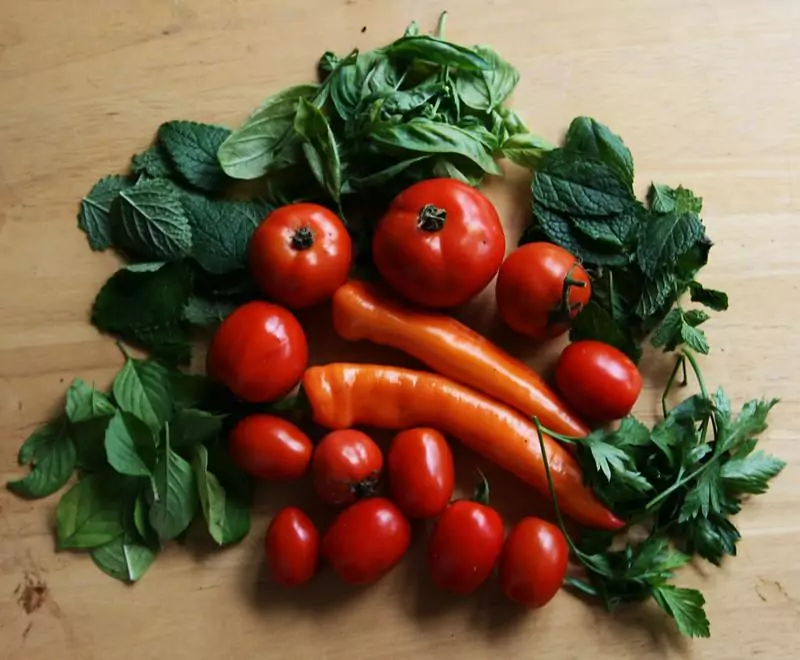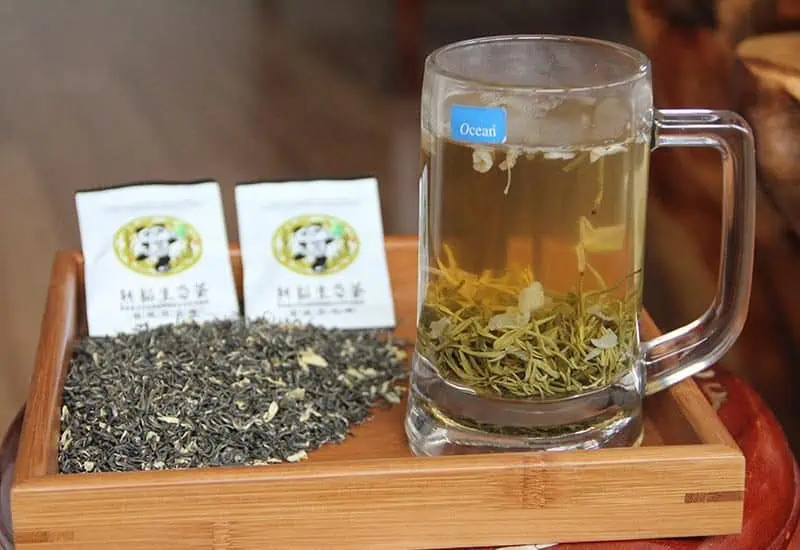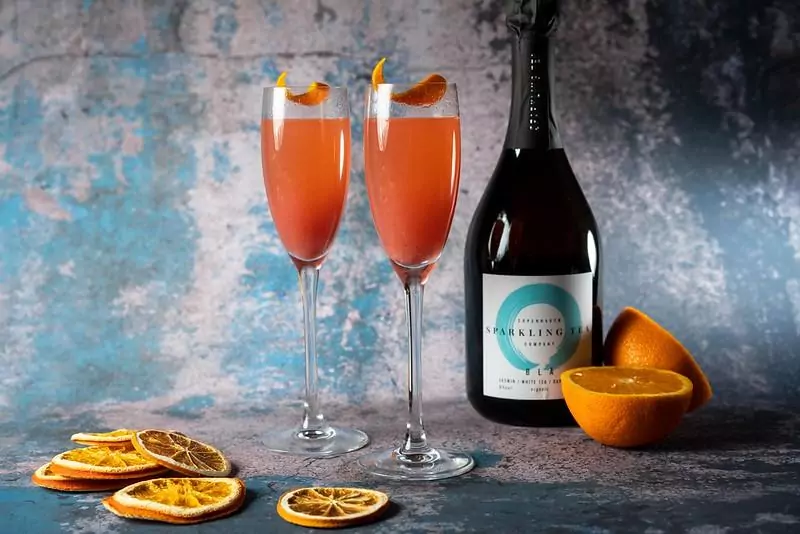
With a whopping 297 billion liters of it consumed annually, tea is the second most popular beverage in the world after water. While it is easy to think of it as merely a warm drink, tea has been a conspicuous part of our culture for millennia. It might come as a surprise but alongside the famous Earl grey, Sencha and Darjeeling are some rather bizarre types of tea which we probably won't come across at the nearby grocery shop, five of which are particularly eyebrow raising.
Legend has it that when the Tibetan king married a princess from China in the 7th century, it helped established commercial links between the then two separate entities, ultimately giving rise to a Chinese tea mixed with Tibetan yak butter, aptly named butter tea.
Locally known as Po Cha, this centuries old beverage is still widely consumed in modern-day Tibet as well as some neighboring countries. There are a couple of ways to make this staple drink, but the most widespread method involves boiling fermented tea leaves for hours upon hours, resulting in a dark-brownish liquid. The tea is then mixed with salt and yak butter inside a container, which after intense shaking finally becomes a thick, salty and aromatic butter tea.
Due to the relative high cost and rarity of yak butter, yak milk and cow butter are often used as a substitute, but if you do manage to get your hands on the real thing, expect a soup-like flavor accompanied by a creamy texture. According to health experts, this beverage provides the nutrients and calories to cope with the extreme weather conditions experienced at the Tibetan plateau and so, if you happen to be in Tibet, give it a try.

Usually served in a ceramic bowl, a yak butter tea
photography by: Alpha/ Flickr
It is often the case when we come across a blue colored beverage or candy only to find out that its striking hue derives from an artificial substance. In some rare instances however, the tint is entirely authentic, as in the case of the butterfly pea flower tea, otherwise known as blue tea.
The mind-bogglingly blue drink is made by infusing the petals of Clitoria Ternatea, a creeper plant which is endemic to southeast Asia. For centuries, the plant, also named Asian pigeonwings, was locally used to make a blue dye as well as a plethora of refreshing drinks, particularly in Thailand and Vietnam, where the blue tea is mixed with either lemon, ginger, honey or cinnamon.
In recent years, as the world becomes increasingly interconnected, the tea gained a great deal of popularity far beyond its native homeland. You might be tempted into thinking that the hype around the tea is only thanks to its unusual tint, but as it turns out, it has a myriad of alleged health benefits as well, including boosting the immune system and speeding up the metabolism.
Intriguingly, the tea can change color according to its PH level, and so, any trickle of lime juice to a cup of butterfly pea tea will instantaneously transform it into a purple liquid, while a smattering of hibiscus petals will result in a reddish-hued drink. If you want to make your own cup of blue tea, an extract of the butterfly pea flower is available online. The tea can be prepared as a cold or hot drink, with the flavor usually described as mild and floral, somewhat akin to chamomile tea.

Blue tea, also known as Butterfly Pea Flower Tea
photography by: Mx. Granger/ Wikimedia Commons
Although soup and tea are totally different drinks, one California-based company recently blurred the line between those two staple liquids, when it launched a series of savory teas. Among the unusual products were a beet cabbage tea, carrot curry tea, spinach chive tea and as you’ve probably guessed by now, also a tomato-mint tea.
Manufactured by the Numi Organic Tea enterprise, the rather bizarre infusion consists of tomato, mint, cinnamon, black pepper, lemon peel as well as black tea. Its few dedicated drinkers characterize the broth-like aroma as intense, spicy and slightly sweet.

Tomatoes and mint leaves are the main ingredients of this savory tea
photography by: Quinn Dombrowski/ Flickr
In contrary to its off-putting name, panda dung tea doesn’t contain even a shred of fecal material. Instead, piles of panda’s dung are used as a fertilizer to grow the plant, from where the leaves are then carefully handpicked. This exceptional tea was the brainchild of An Yanshi, a farmer from Sichuan Province in China, who firmly claims that since pandas digest only a fraction of what they eat, their droppings contain a large amount of nutrients which in turn enrich the flavor of the leaves.
Before you rush and order a cup of Panda Tea out of curiosity, at a staggering 3,500 USD per 50 gram or 200 USD per cup, it is by far the most expansive tea in the world. If you somehow do have the means to afford such a beverage, its earthy flavor is reminiscent of chestnuts. According to Yanshi, the price also reflects the large medley of health benefits that come from the panda’s exclusive diet of fresh bamboos.

A 200-dollar cup of panda dung tea
photography by: LisaAmy/ Wikimedia Commons
At first glance, one might mistake a bottle of sparkling tea with a champagne, but in fact, the production of this bubbling beverage starts in the tea field rather than a vineyard. Whilst there are a dozen or so companies which specialize in sparking tea, a young firm from the Danish capital is among the most conspicuous in this niche market.
The Copenhagen-based company was founded as recently as 2017 by Jacob Kocemba and Bo Sten Hansen, a sommelier and a businessman respectively. This savvy 2-men team crafted a series of sparkling drinks, where a brewed mixture of organically-grown tea is blended with a grape must or white wine, lemon juice and most importantly, carbonated water, which gives the drink its fizzy texture.

Widely used in cocktails, a sparkling tea
photography by: Malmaison Hotels/ Flickr